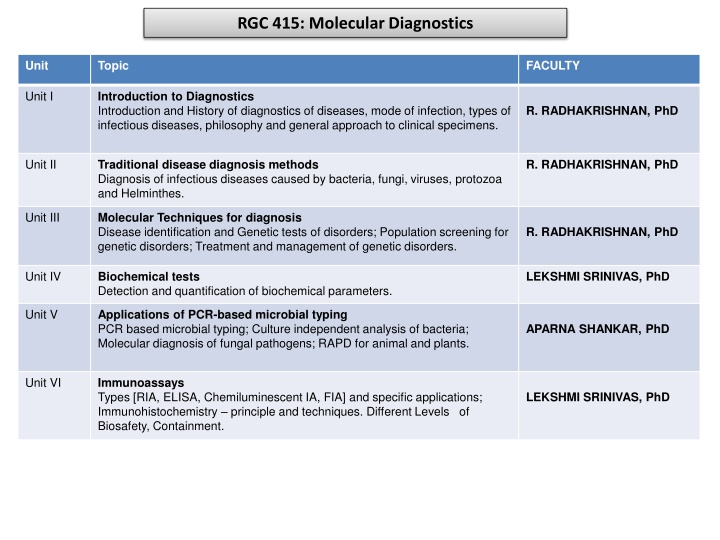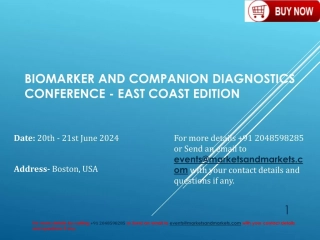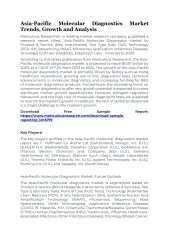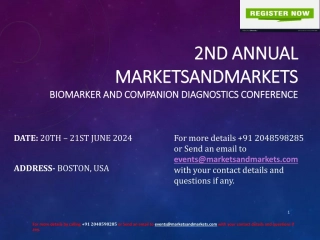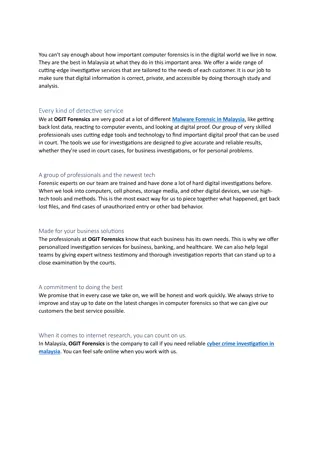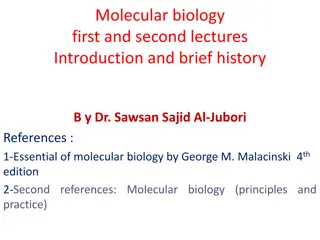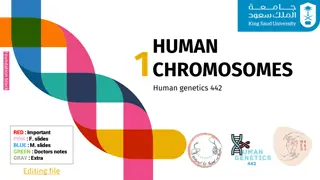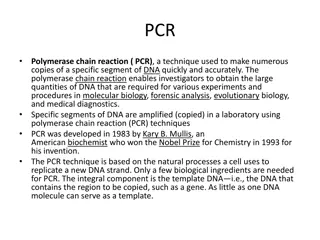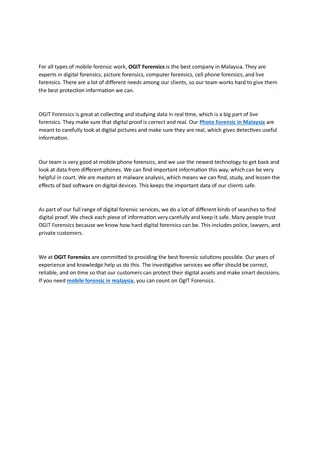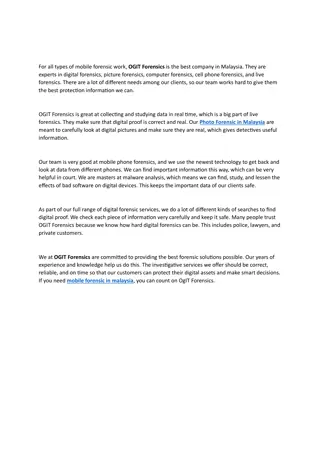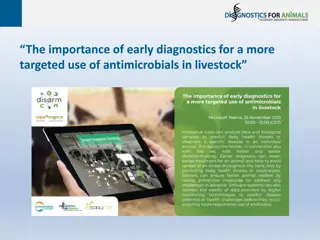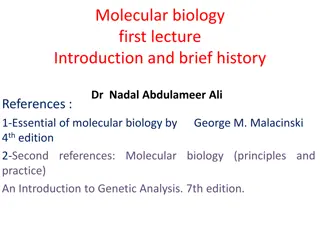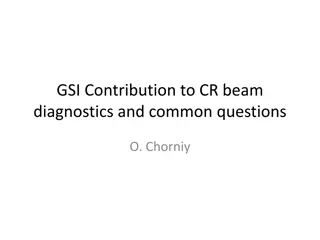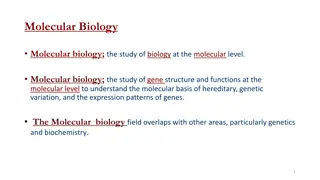Comprehensive Overview of Molecular Diagnostics, Cytogenetics, and Forensic Biology
Explore a detailed curriculum covering molecular diagnostics, traditional disease diagnosis methods, genetic disorders, cytogenetics, molecular techniques, biochemical tests, PCR applications, immunoassays, and forensic biology including microbial forensics, entomology, botany, serology. Lectures conducted by experts in the field provide insights into disease identification, genetic testing, and forensic evidence analysis.
Download Presentation

Please find below an Image/Link to download the presentation.
The content on the website is provided AS IS for your information and personal use only. It may not be sold, licensed, or shared on other websites without obtaining consent from the author.If you encounter any issues during the download, it is possible that the publisher has removed the file from their server.
You are allowed to download the files provided on this website for personal or commercial use, subject to the condition that they are used lawfully. All files are the property of their respective owners.
The content on the website is provided AS IS for your information and personal use only. It may not be sold, licensed, or shared on other websites without obtaining consent from the author.
E N D
Presentation Transcript
RGC 415: Molecular Diagnostics Unit Topic FACULTY Unit I Introduction to Diagnostics Introduction and History of diagnostics of diseases, mode of infection, types of infectious diseases, philosophy and general approach to clinical specimens. R. RADHAKRISHNAN, PhD Unit II Traditional disease diagnosis methods Diagnosis of infectious diseases caused by bacteria, fungi, viruses, protozoa and Helminthes. R. RADHAKRISHNAN, PhD Unit III Molecular Techniques for diagnosis Disease identification and Genetic tests of disorders; Population screening for genetic disorders; Treatment and management of genetic disorders. R. RADHAKRISHNAN, PhD Unit IV Biochemical tests Detection and quantification of biochemical parameters. LEKSHMI SRINIVAS, PhD Unit V Applications of PCR-based microbial typing PCR based microbial typing; Culture independent analysis of bacteria; Molecular diagnosis of fungal pathogens; RAPD for animal and plants. APARNA SHANKAR, PhD Unit VI Immunoassays Types [RIA, ELISA, Chemiluminescent IA, FIA] and specific applications; Immunohistochemistry principle and techniques. Different Levels of Biosafety, Containment. LEKSHMI SRINIVAS, PhD
RGC 416: Cytogenetic and Genetic Disorders UNIT TOPIC FACULTY Unit I Medical Genetics Genetic Diseases - Molecular pathology and clinical applications SHANKAR HARIHARAN, MD Human genome Project, Genome Organization, Genome Annotations and databases, Identifying human disease genes. Genetic markers for diseases (microsatellites, SNPs), Pharmacogenomics, Ecogenomics, Metabolomics, Teratogenetics. Mapping and identification of disease genes (linkage analysis, LOD score, association study) SNPs in diagnostics, Genome wide association studies, Whole genome sequencing, exome sequencing. K. THANKARAJ, PhD Unit II Human Cytogenetics Cell division, Techniques of chromosome analysis; Karyotyping; Meiotic chromosomes; Chromosomal abnormalities in cancer. Non-disjunction and associated disorders, Aneuploidy, Chromosome structural abnormalities, X inactivation, Mosaicism, Chimeras SHANKAR HARIHARAN, MD Unit III Genetic disorders Cystic Fibrosis and Sex linked inherited disorders; Dominant and recessive mutations, Mutagenesis, Autosomal disorders, Genomic imprinting, Neonatal and Prenatal disease diagnostics. Gender identification; Analysis of mitochondrial DNA for maternal inheritance. Molecular diagnosis for early diagnosis, Stem cells and cord blood banking, Treatment advances for genetic disorders, Ethical issues, Genetic counseling. To be announced
RGC 417: Forensic Biology and Molecular Forensics(Credit=4; 12h/credit) Unit Topic FACULTY Unit I Biological evidence Nature and importance, hair and fibres, types, identification, collection, preservation; significance of biological evidence. DR. ANNAMMA JOHN Unit II Microbial Forensics & Entomology Organisms of Forensic significance, types, isolation and identification of different microbial strains using conventional and molecular methods; Introduction to forensic Entomology, insects/invertebrates of forensic importance, collection of entomological evidence, their life cycle, the role of aquatic insects in forensics. DR. SANIL GEORGE Unit III Forensic Botany Importance of biological evidences such as pollen grains, leaves, fruits, seeds, wood, etc; types, significance and collection of evidence, identification and comparison. methods of Forensic Botany: Importance of biological evidences such as pollen grains, leaves, fruits, seeds, wood, etc; types, significance and collection of evidence, identification and comparison. Diatoms types, morphology, methods of isolation from tissue and organs, identification and forensic significance. TO BE ANNOUNCED Unit IV Forensic Serology Identification, study of various body fluids such as semen, perspiration, blood, saliva, urine, and fecal matter, classification and their relationship to a crime scene.; blood group systems, history, biochemistry and genetics of ABO, Rh, MN and other blood group systems; rare blood groups, methods of blood grouping, DNA typing for identification, ELISA, PCR, Sequencing TO BE ANNOUNCED Unit V Wildlife Forensics Animal poaching, wildlife trading, protection of endangered animals; wildlife protection act; morphological and molecular identification of wildlife materials like hair, skin, fur, bones, nail, teeth, etc; Indian scenario DR. EV SONIYA DR. MANOJ P. Unit VI DNA Forensics Allele frequency determination, match probability- database; Forensic Significance of DNA profiling, applications in disputed paternity cases, child swapping, missing person s identity; legal standards for admissibility of DNA profiling; DNA profiling in India and abroad; SNPs, cf DNA and limitations of DNA profiling, mitochondrial DNA, STR analysis DNA FORENSIC GROUP Total
RGC 418: DNA Bar-coding UNIT TOPIC FACULTY Unit I Evolution Basics, Darwin s evidence and mechanism of evolution, geological succession, natural selection, adaptation, evolutionary genetics, Hardy-Weinberg; recombination; gene duplication, genetic drift, migration, selection, mutation, gene flow, speciation, DNA barcoding and its relevance from an evolutionary perspective. DEEPA NARAYANAN, PhD Unit II Molecular taxonomy Molecular taxonomy; phylogenetic trees; Delimitation and identification of taxa; Molecular data, Integrated Taxonomy Cryptic, and Nominal Species, Type Specimens. To be announced Unit III Biodiversity. Introduction to the concept of biodiversity: definition, qualitative and quantitative assessment. Biodiversity in the world s megatrends: threats identification. Management, conservation, preservation as approaches to biodiversity. Biodiversity indicators, sustainable management, DNA barcoding in ecology and conservation biology SANIL GEORGE, PhD Unit IV DNA Barcoding Introduction, history, conventional morphological identification against molecular identification using DNA barcode, Metabarcoding, DNA sequencing, DNA barcode regions in plants, animals and microbes, sequence variations, data analysis, phylogenetic tree, character-based tree, haplotype, network; use in conservation and forensics, BLAST, BOLD, I Barcode, Applied DNA barcoding, Next generation sequencing. . R RADHAKRISHNAN, PhD EV SONIYA, PhD Total
